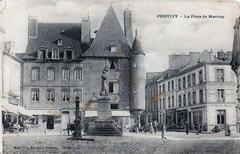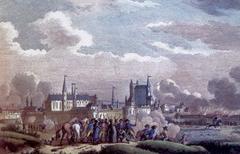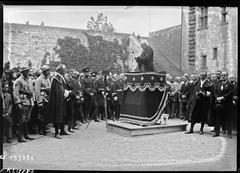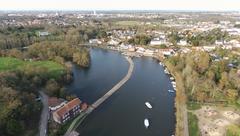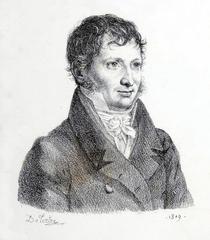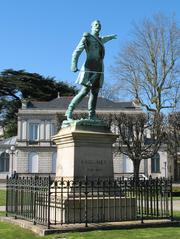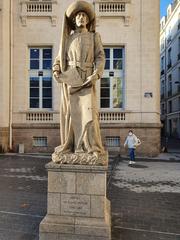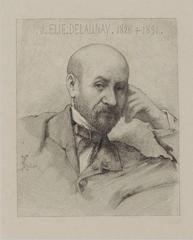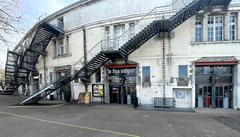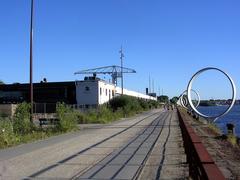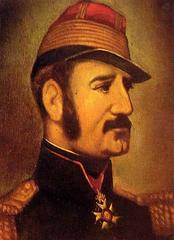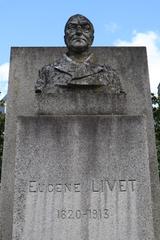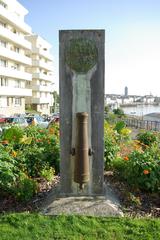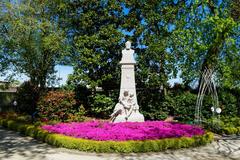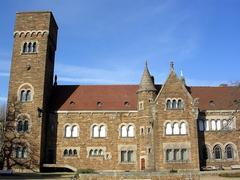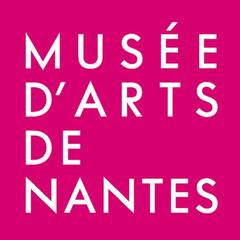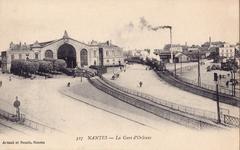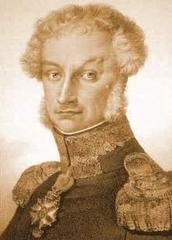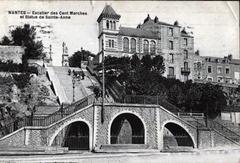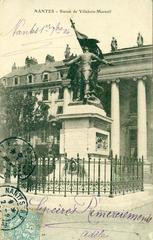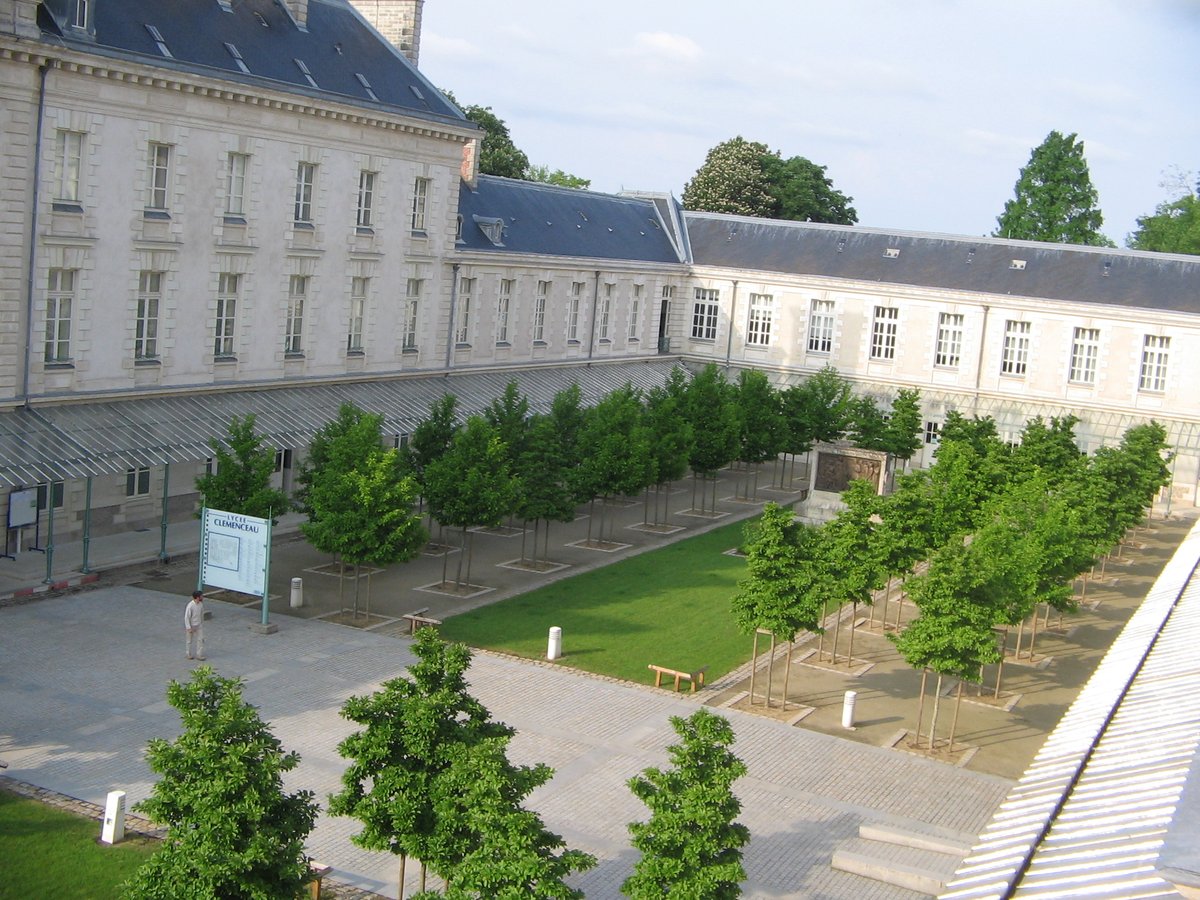
Monument Aux Anciens Élèves Du Lycée Clemenceau: Visiting Hours, Tickets, and Guide to Nantes Historical Sites
Date: 14/06/2025
Introduction
The Monument Aux Anciens Élèves Du Lycée Clemenceau in Nantes is a deeply evocative memorial dedicated to former students and staff of the Lycée Clemenceau who perished in service during times of war, especially the World Wars. Erected in the aftermath of World War I and inaugurated in 1922 with the presence of Georges Clemenceau—a distinguished alumnus and wartime Prime Minister—the monument stands as a symbol of sacrifice, resilience, and the enduring spirit of remembrance. Crafted by the renowned sculptor Siméon-Charles-Joseph Foucault, the monument combines classical and modernist artistry to inspire reflection on duty, citizenship, and community memory.
This comprehensive guide details the monument’s history, cultural significance, architectural features, and practical information for visitors, including opening hours, ticketing, accessibility, and travel tips. Whether you are a history enthusiast, student, or tourist, the Monument Aux Anciens Élèves Du Lycée Clemenceau offers a meaningful window into Nantes’ rich heritage and France’s collective memory of wartime sacrifice. For further information, consult official resources (Lycée Clemenceau Official Site, Nantes Heritage, Mapcarta Nantes).
Table of Contents
- Introduction
- Monument Origins and Purpose
- Historic Context: Lycée Clemenceau and War
- Design, Symbolism, and Artistic Features
- Location and Visiting Information
- Commemorative Events and Community Role
- Educational and Civic Impact
- Notable Alumni and Legacy
- Visuals and Resources
- Frequently Asked Questions (FAQ)
- Conclusion and Call to Action
- References
Monument Origins and Purpose
Commissioned by the school and alumni community in the wake of World War I, the monument honors former students who lost their lives in military service (Nos Ans Criés). The idea, initiated in 1912 by principal Jean Barou, gained urgency after 1918 and culminated in a public subscription and official support. The project was entrusted to Siméon Foucault, himself a war veteran and laureate of the Grand Prix de Rome, ensuring a personal connection and artistic excellence.
Inaugurated on May 27, 1922, the ceremony was attended by Clemenceau himself, whose closing words—inscribed on the monument—continue to inspire generations:
“Pour connaître par vous-mêmes, sans attendre l’avenir, la fortune de vos efforts, retroussez résolument vos manches et faites votre destinée.”
(Lycée Clemenceau)
Historic Context: Lycée Clemenceau and War
Founded in 1808, the Lycée Clemenceau is Nantes’ oldest and most prestigious secondary school. The school played a vital role during World War I, with part of its premises converted into a military hospital that treated over 14,000 soldiers. Many students and alumni served on the front lines, and the monument thus stands as a testament to their sacrifice and the school’s transformation during wartime (Lycée Clemenceau, histoire).
Design, Symbolism, and Artistic Features
The monument, crafted from dignified stone and bronze, blends classical and modernist elements. Its central allegorical figure, often interpreted as Marianne or the Republic, embodies virtues of courage, sacrifice, and national gratitude. The names of the fallen are inscribed on tablets in the school’s salle d’honneur, reflecting the depth and scale of loss (Nos Ans Criés).
Artistic motifs such as laurel wreaths, torches, and draped banners evoke timeless themes of honor and remembrance. The monument’s harmonious proportions complement the courtyard’s architecture, while landscaped surroundings provide a tranquil setting for contemplation (Mapcarta).
Location and Visiting Information
Location and Setting
The monument is centrally located in the Cour d’Honneur of the Lycée Clemenceau, 1 rue Georges Clemenceau, Nantes. It is within walking distance of Nantes’ major historical attractions such as the Musée d’Arts de Nantes, Cathédrale Saint-Pierre-et-Saint-Paul, and Jardin des Plantes (Mapcarta).
Visiting Hours
- Public Access: Primarily during commemorative events (notably Armistice Day, November 11).
- Arranged Visits: Outside public events, visits are by prior arrangement only with the lycée administration or the alumni association.
- School Days: Generally open Monday to Friday, 9:00 AM to 5:00 PM during term time, subject to school security and calendar.
Admission and Tickets
- Entry is Free: No tickets are required.
Accessibility
- Wheelchair Access: The courtyard is accessible but visitors with specific mobility needs should contact the school in advance.
- Information Panels: Include braille and clear explanations for all visitors.
Getting There
- Public Transport: Bus and tram lines serve nearby stops; the site is easily accessible from Nantes city center.
- By Car: Limited street parking; recommend public transport or city center parking lots.
Visitor Tips
- Best Time to Visit: Armistice Day ceremony (November 11) is especially meaningful.
- Photography: Permitted during public events. Please respect the solemnity of the site.
- Group Visits: Coordinate in advance for guided tours or educational visits.
- Nearby Attractions: Combine with a visit to the Musée d’Arts de Nantes, Cathédrale Saint-Pierre-et-Saint-Paul, or Jardin des Plantes.
Commemorative Events and Community Role
Annual ceremonies, particularly on Armistice Day, unite students, staff, alumni, officials, and the public in remembrance and reflection (Cérémonies commémoratives à Nantes). These events foster a sense of unity and civic engagement, reinforcing the monument’s role as a living memorial.
The Amicale des Anciens Élèves organizes commemorations, guided tours, conferences, and produces the magazine “Le Vieux Bahut” to support historical memory and student engagement (Le Vieux Bahut, Amicale des Anciens Élèves).
Educational and Civic Impact
The monument is integrated into the school’s mission, teaching students about the importance of remembrance, citizenship, and the responsibilities of civic life (Lycée Clemenceau). It serves as a focal point for history lessons, student research, and public lectures.
Notable Alumni and Legacy
The Lycée Clemenceau boasts numerous distinguished alumni, including:
- Georges Clemenceau: Prime Minister of France during WWI.
- Siméon Foucault: War veteran and sculptor of the monument.
- Jean Barou: Principal who initiated the commemorative project.
The monument lists the names of over 300 alumni and staff, preserving their memory for future generations.
Visuals and Resources
High-quality images, interactive maps, and virtual tours are available via the Nantes heritage website and Mapcarta (Nantes Heritage, Mapcarta). The alumni association and school websites provide historical archives and updates on events.
Frequently Asked Questions (FAQ)
Q: What are the visiting hours of the Monument Aux Anciens Élèves Du Lycée Clemenceau?
A: Accessible mainly during public commemorations (notably November 11); other visits require prior arrangement.
Q: Is there an entry fee?
A: No, the monument is free to visit.
Q: Are guided tours available?
A: Yes, through advance request to the lycée or alumni association.
Q: Is the site accessible for visitors with disabilities?
A: The courtyard is accessible; contact the school for specific needs.
Q: What else is nearby?
A: The Musée d’Arts de Nantes, Cathédrale Saint-Pierre-et-Saint-Paul, and Jardin des Plantes are all close by.
Conclusion and Call to Action
The Monument Aux Anciens Élèves Du Lycée Clemenceau stands as a powerful testament to personal sacrifice, community, and the enduring values of remembrance and citizenship. Its strategic location within Nantes’ historic heart, artistic and symbolic richness, and ongoing role in education and commemoration make it a must-visit for those seeking to understand France’s past and its living heritage.
Plan your visit by coordinating with the lycée or alumni associations, attend an Armistice Day ceremony for a profound experience, and explore the rich tapestry of Nantes’ historical sites. For further information, updates on visiting hours, and access to guided tours, consult the official resources below.
Explore history, honor memory, and enrich your cultural journey in Nantes.
References
- Monument Aux Anciens Élèves Du Lycée Clemenceau in Nantes: History, Significance, and Visitor Information, 2025
- Visiting the Monument aux anciens élèves du lycée Clemenceau in Nantes: History, Symbolism, and Visitor Guide, 2025
- Visiting the Monument Aux Anciens Élèves Du Lycée Clemenceau in Nantes: History, Hours & Visitor Information, 2025
- Visiting the Monument aux Anciens Élèves du Lycée Clemenceau in Nantes: History, Visiting Hours & Tips, 2025
- Amicale des Anciens Élèves des Lycées Clemenceau et Jules Verne, 2025
- Le Vieux Bahut Magazine, 2025
- Nantes Heritage and Memorials, 2025
- Mapcarta Nantes Cultural Sites, 2025
- Audiala App for Guided Tours and Cultural Updates, 2025

